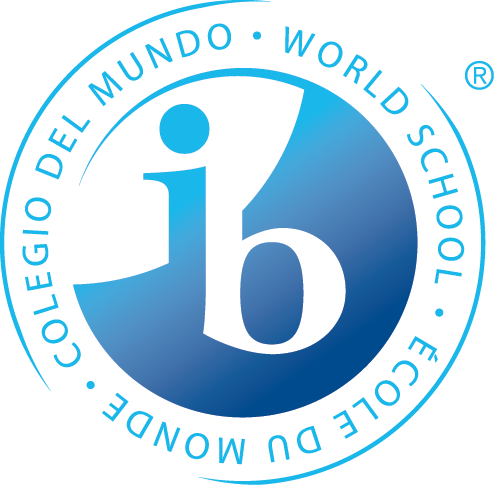We’ve all heard the phrase, “It takes a village to raise a child.” As an educator and a child psychologist, I know that schools need to become part of that village, and often do.
Following the news lately, I have found myself thinking about the fact that it also takes a village to build a country. The health of our democracy and the country that we build together depend on the commitments that we have as individuals and communities to a set of shared beliefs and ideals. In this context, part of the role of our educational system is to prepare our children to be citizens who will have the knowledge, the skills, the sense of agency, and — perhaps most importantly — the commitment to participate in the building of such a village.

Much has been written about what schools must teach to prepare students for this task. We know that in a world where information exists at our fingertips, the focus needs to be on 21st-century skills such as critical thinking, problem solving, communication, collaboration, creativity, and innovation. Certainly if we want to build a world where citizens and politicians can differ in their opinions, debate respectfully, and reach compromises that allow our country to move forward, we must explicitly and intentionally teach those skills. If we want our society to be able to address its growth edges around race, immigration, income equality, etc., we must teach our children how to have difficult conversations, to tolerate some discomfort, appreciate others’ truths and perspectives, and understand that words and actions may sometimes have unintended impacts.
While these skills are at the core of what and how we teach as an IB World School, I believe that we must look deeper than our curriculum to see where the preparation for “building villages together” is occurring. At their core, villages are build through relationships with others and require a great deal of work. People do not wake up one day knowing how to do relationships correctly; they must grow the necessary muscles over time through practice, failure, and accumulated successes. Within this context, it is not just the curriculum the matters but the opportunity that schools offer for children to practice building intentional villages together.
The muscles to create and sustain such villages cannot be developed through stand-alone lessons or exercises. Instead, they are strengthened in the daily interactions that students have with each other and with teachers. By helping children think about what kind of village they want to build here at school, we are helping them articulate a shared vision for the world in which they want to live. Muscles are then further trained by leveraging everyday teachable moments that are par for the course in the classroom and on the playground. When a student crosses the line between being playful and being hurtful, as all will at some point, working out that village dilemma allows them to build their perspective-taking, communication, and problem-solving skills. If, when a student feels hurt or “ouched” by another, we help them recognize their discomfort, speak up in a productive way, and practice reconciliation skills with their peer, we prepare them to be upstanders and agents of change.
This is hard, painstaking work that inherently embraces the fact that all villages and villagers have growth edges. But the attention we give to this journey of “building villages together” is what will truly prepare our children to be the hope for our country.
Michelle Parker, Ph.D.
Head of School


